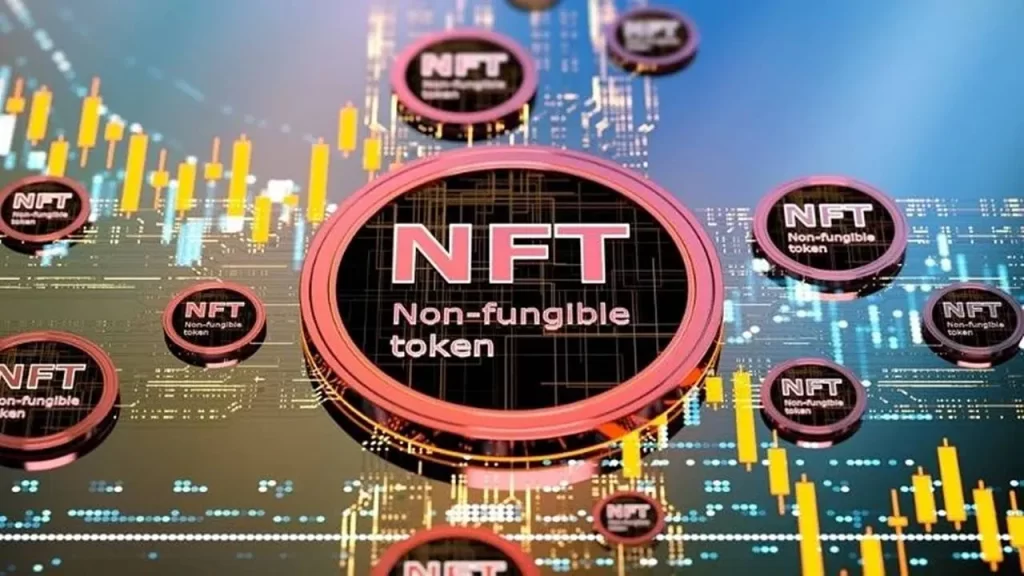NFTs (non-fungible tokens) have revolutionized the art world with their revolutionary abilities to sell and share works as never before. Artists now have access to unique digital assets that allow them to sell their works with unprecedented ease.
In February 2021, an art work by Beeple sold at Christie’s auction for an unprecedented $69 Million – marking the first time digital art had sold for this amount.
How NFTs are Changing the Art World
National Film Theatres (NFTs) are revolutionizing the art world, providing opportunities for both artists and fans to support creative work. However, they also raise a host of issues related to intellectual property protection, virtual ownership rights and digital art’s future.
NFTs differ from physical art in that they can be easily traded and sold across an international marketplace. Buyers can verify ownership by consulting the blockchain that tracks each NFT’s existence; this provides buyers with an added sense of authenticity that could prompt them to acquire additional works from an artist.
NFTs can also be designed with smart contracts that automatically pay the original creator a percentage of any resale proceeds, an attractive feature for artists looking to monetize their work through OpenSea, Rarible and Foundation marketplaces. This has led to discussions surrounding fair compensation for digital art creators while disrupting traditional art business models by enabling artists to bypass intermediaries and retain a higher portion of sales revenue through NFTs.
NFTs as Collectibles
NFTs, unique digital assets verified on the blockchain, make NFTs ideal for representing digital art as they can easily be recognized as individual works of art. Furthermore, unlike digital files which can be duplicated without restrictions or limit, each NFT must only ever be used once and is non-replicatable.
NFT marketplaces such as OpenSea, Rarible and SuperRare give artists and collectors an avenue for selling their creations while giving buyers and sellers an interactive space where they can meet one another.
However, when NFTs are combined with entitlements such as gaming access or community membership, determining their collectible status becomes more complicated. This depends on the degree of ownership granted to its holder over its associated digital file – for instance if this right can be exercised without restrictions this would indicate greater connection than limited use rights or duration limits.
NFTs as a Mode of Payment
NFTs provide art creators with new methods of monetising their work without traditional intermediaries, directly connecting with their audience. This direct access has opened up opportunities for both artists and collectors alike as well as providing creative revenue models such as subscription models or fractional ownership.
NFTs use blockchain technology to authenticate authenticity, provenance and ownership of unique digital creations. As such, they provide artists with an invaluable way to validate their digital art while also creating a transparent chain of custody for digitized works.
NFTs can also be programmed, giving them built-in functionality and utility. One artist used NFTs to record herself moving like a spider on a parabolic flight before minting and selling her video as an NFT to collectors. This shows how NFTs empower artists to develop narrative art while creating immersive experiences; NFTs may even be used tokenize physical artworks.
NFTs as a Medium of Expression
NFTs have successfully introduced younger, tech-savvy generations into the art market and created brand new art communities across the world.
Artists across disciplines are coming together to produce engaging new media works (NFTs). For instance, pairing visual artist and musician allows for creating an NFT that responds to the music being played – such as changing shape based on its duration.
Programmability of NFTs offers artists an innovative means of getting paid for their work. Artists can program their NFTs to include “creator earnings,” which will compensate the original creator whenever it resells on secondary markets.
NFTs are making waves not only in the art world but across other sectors as well, including gaming, collectibles, real estate and fundraising for non-profit organizations. Furthermore, this innovative technology could one day reshape fundraising strategies altogether – providing the possibility for something truly revolutionary: ownership of digital artwork that not only holds value but actively contributes towards supporting a cause you care about.







More Stories
The Importance of Sector Rotation in Seasonal Investing
Understanding the Importance of Insurance Planning
Advanced Commodities Strategies for Singapore Traders: Riding Global Cycles